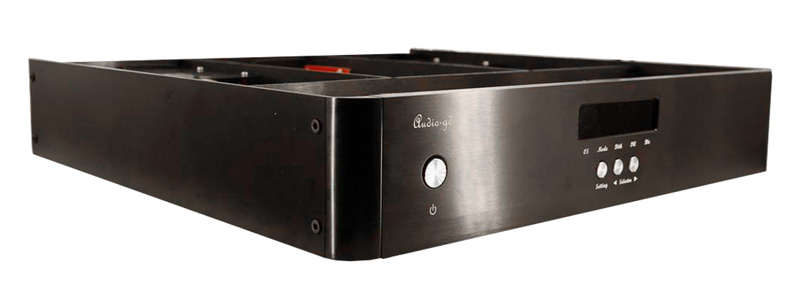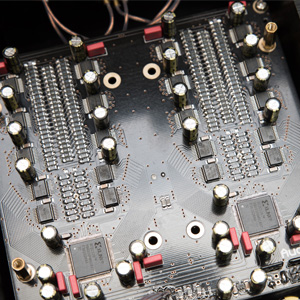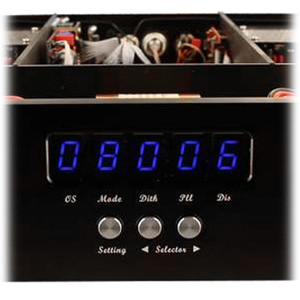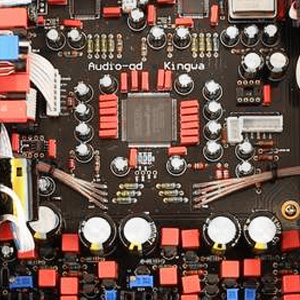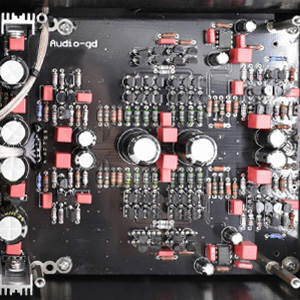R2R Design
The R-7 is a DAC R2R, a design that has become popular thanks to its undeniable sound qualities, especially when integrated into high-end products. While there are several methods for designing a DAC R2R that impact both performance and design complexity, Audio-GD continues to choose the highest quality as usual.
The design chosen by the brand switches the ultra-low tolerance resistors in parallel and an ultra-fast FPGA chip corrects the R2R scale. This design allows you to control and correct each bit distinctly to achieve incredible performance. In addition, with this parallel structure, a single clock cycle allows all the data to be processed, where a series connection would require 8 to 24. Thanks to this architecture, Audio-GD allows its R-7 to correct imperfections in basic R2R assemblies, i.e. those caused by resistance tolerance.
Main advantages of the DAC R2R Ladder discrete:
- The R2R does not convert the clock signal into the output signal.
- R2R is less sensitive to jitter.
- R2R provides a more accurate output signal.


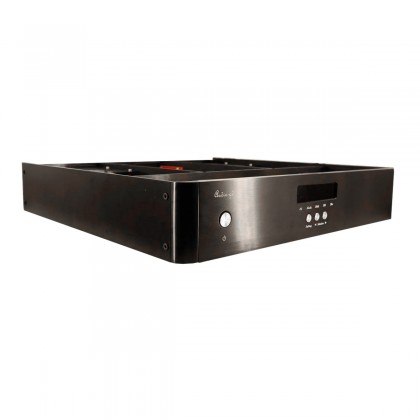







![[GRADE B] MATRIX ELEMENT P2 Power Amplifier Class D Stereo 2x230W / Mono 1x850W 4 Ohm](https://www.audiophonics.fr/62087-thumb_default/matrix-element-p2-power-amplifier-class-d-stereo-2x230w-mono-1x850w-4-ohm.jpg)


![[GRADE A] MATRIX ELEMENT M Streamer DAC ES9028Pro WiFi AirPlay DLNA MQA 32bit 768khz DSD512](https://www.audiophonics.fr/65635-thumb_default/matrix-element-m-streamer-dac-es9028pro-wifi-airplay-dlna-mqa-32bit-768khz-dsd512.jpg)















